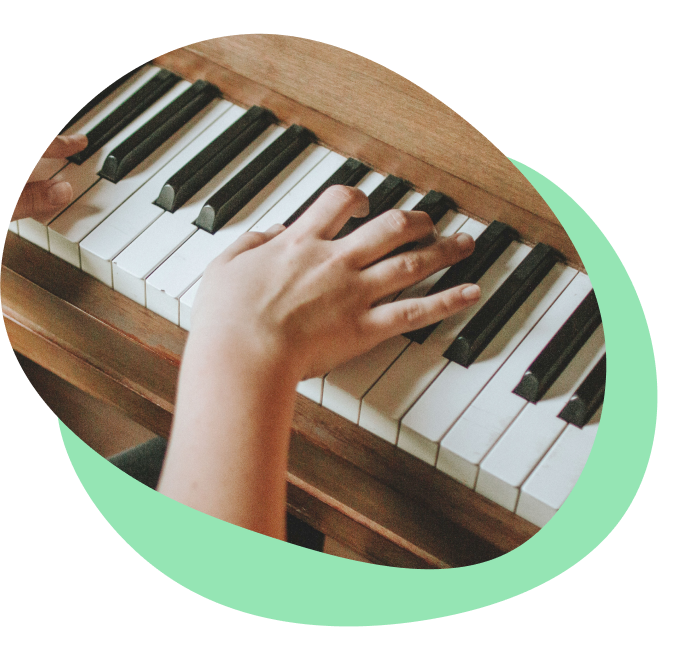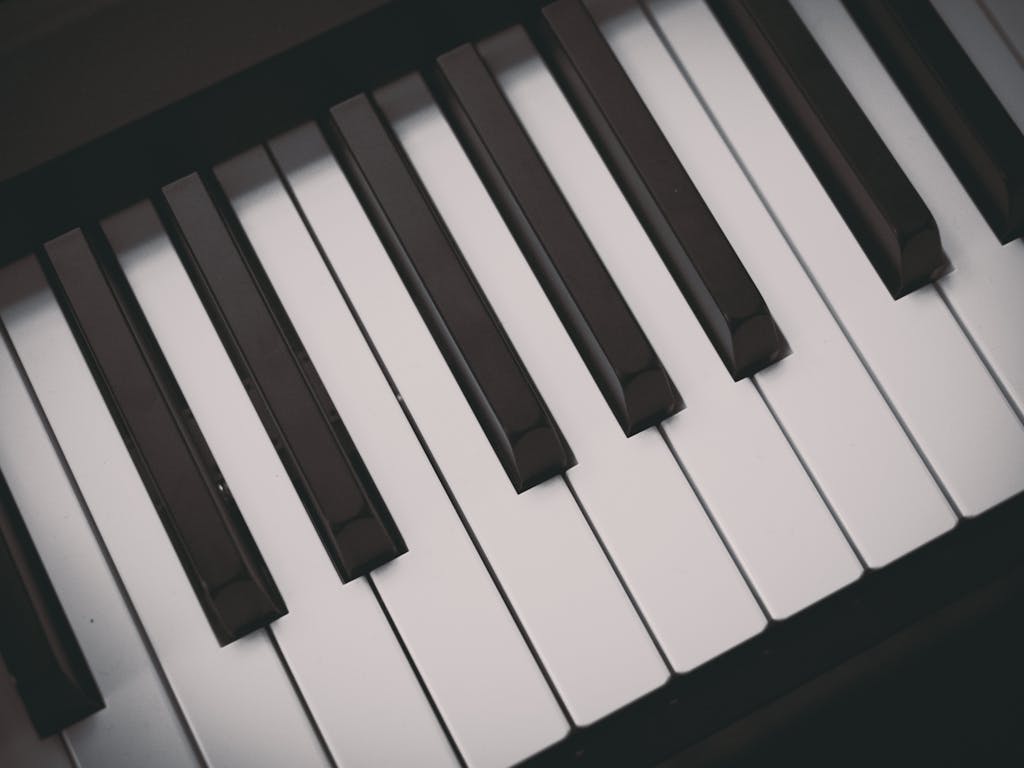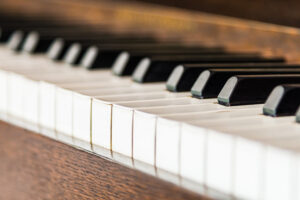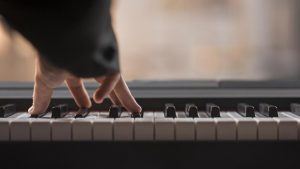The piano is one of the most versatile instruments you can learn how to play. At first learning piano keys can feel overwhelming. However, knowing your way around a keyboard is a vital skill for any musician. In this article we will cover all the basics you need to know about piano keys. Skoove is here to guide you, whether you’re starting out on your piano journey or just curious, this expert guide will help you decode the keyboard and set you up for musical success. Let’s get started!
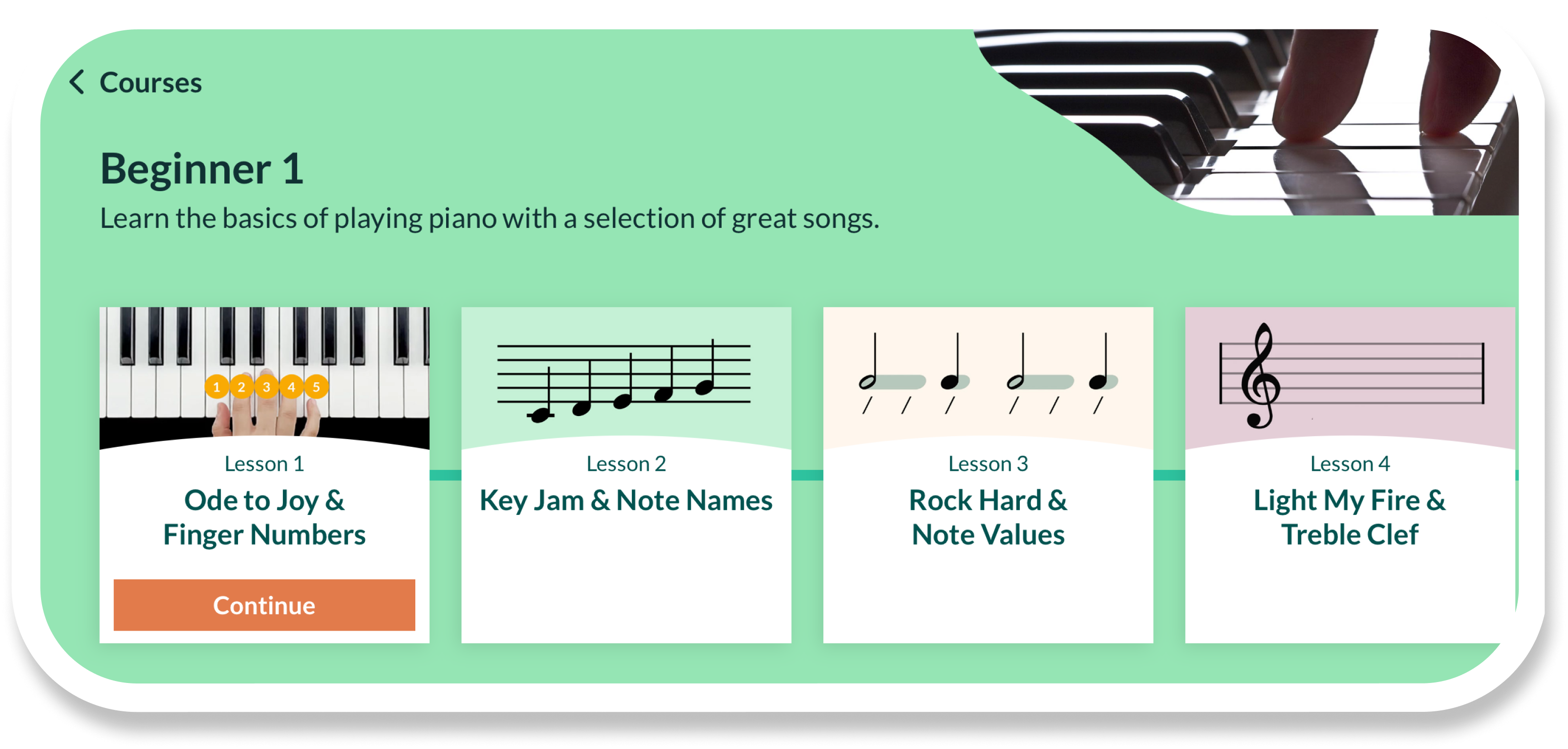
What are piano keys?
Piano keys are the black and white keys on the keyboard. Each key represents a specific musical note. The layout might seem overwhelming, however it’s actually based on a simple repeating pattern. This pattern, present all throughout western music, is the key to understanding how melodies, chords and scales are formed. As you progress, you’ll also encounter scales and key signatures, which tell you which keys on the piano should be played as sharps or flats in a piece of music. These are tied directly to the layout of the piano keys and help shape the mood and character of the music you play.
What are the white keys on a piano?
The white keys on a piano are the natural notes of the musical alphabet: A, B, C, D, E, F and G. These white keys repeat in a consistent pattern across the keyboard corresponding to the notes in the C major scale, which has no sharps or flats. These keys are where most beginners start.
What are the black keys on a piano?
The black keys are the sharps and flats that enable music to have more character and complexity. Their arrangement in groups of twos and threes helps with orientation on the piano. Sharps and flats are symbols in music that raise or lower a note by a half step, changing its pitch slightly higher with a sharp (#)or lower with a flat (♭).
These black keys can be called sharps or flats, depending on their musical context.
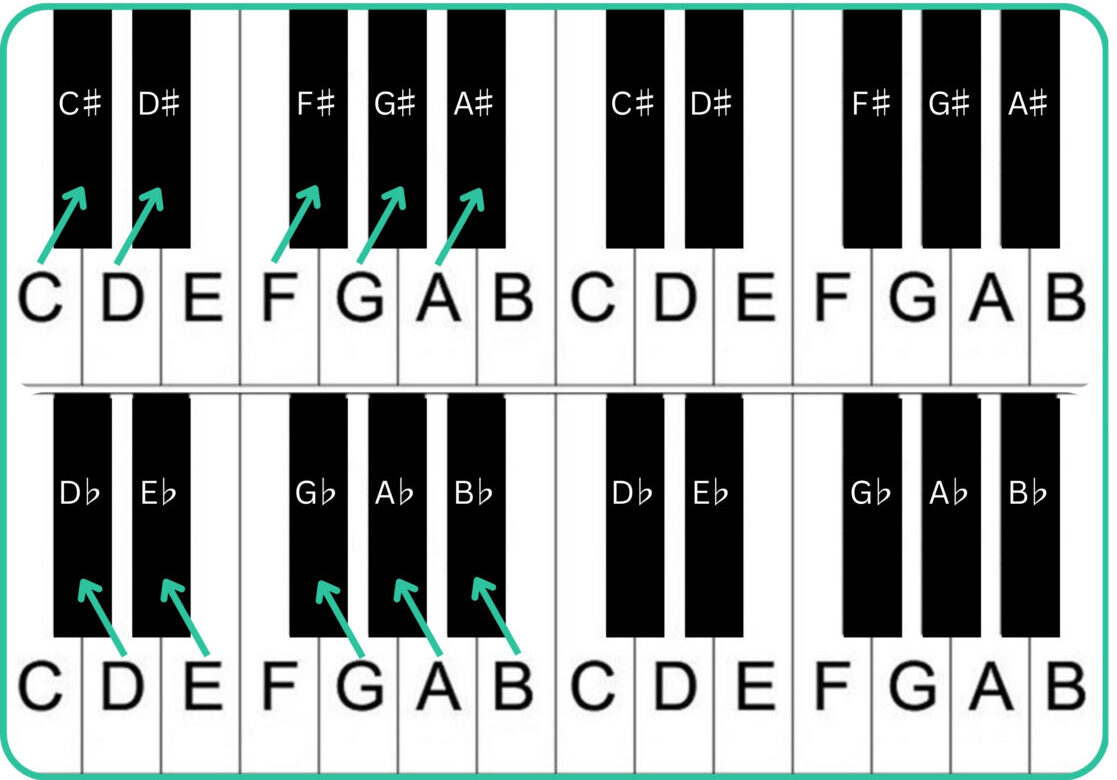
For example, the black key between C and D can be called either C# or Db.
Complete piano keyboard diagram
A piano keys chart, like the small one you saw above, is an invaluable tool for beginners, as it helps you visualise the layout of the keyboard and understand the relationship between individual piano key notes.
Each key is labelled with its corresponding note name, making it much easier to grasp the basics of playing piano scales, chords and melodies. Keep this image to hand as a reference guide.
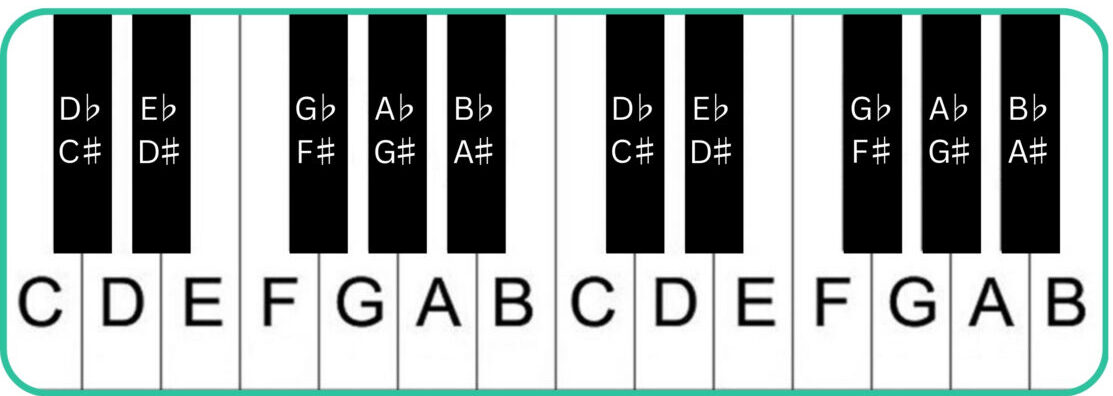
How to identify all keys on a piano?
Now we have looked at a smaller range of keys, let’s look at a few tricks to remembering all the piano notes. The first trick is to learn the patterns of the black and white piano keys. If you look at the keyboard, you will notice on this diagram of a piano keyboard layout,there is a repeating pattern of 2 and 3 black keys.
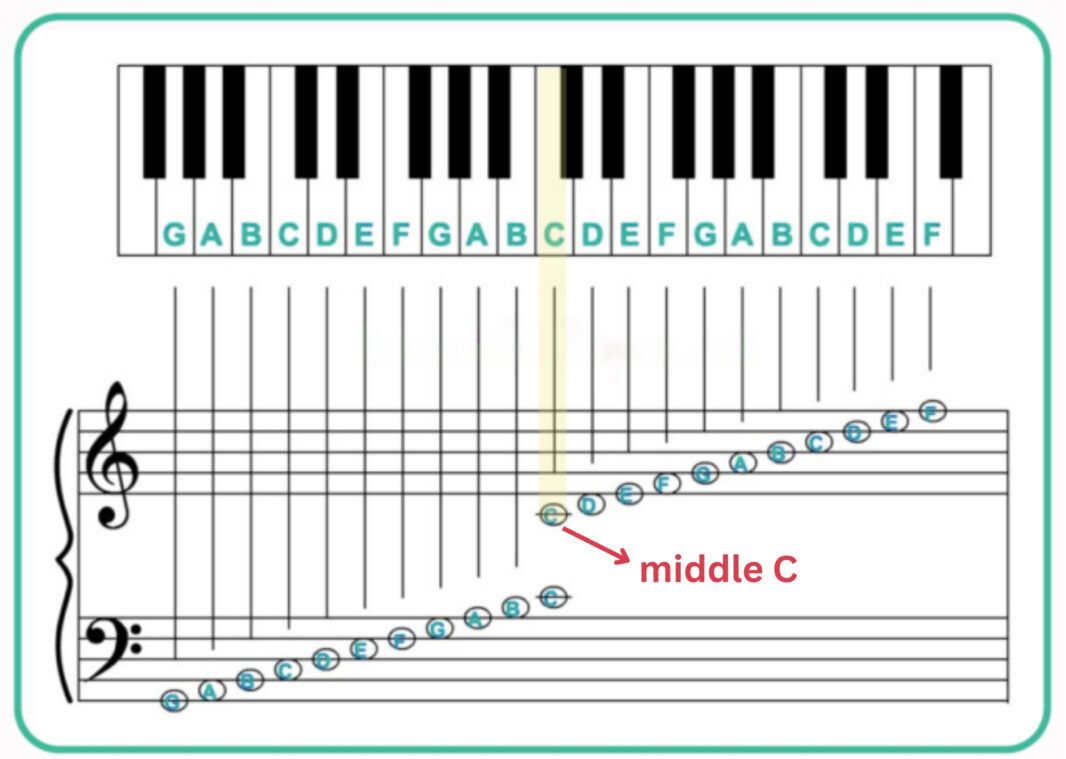
Middle C is often used by pianists as a reference note. C is on the outside-left of the group of 2 black keys in the middle of the keyboard.
You can follow the musical alphabet up the keys until you reach C again, one octave higher. Now you know the names of all the white keys on piano as this pattern repeats across the whole keyboard as the notes go up in octaves (a group of eight notes). Getting your beginner piano keys labeled is a good idea. However, as you get used to this pattern be sure to learn them and commit them to memory as you get more confident by playing songs and practicing.
What are the different types of piano keys?
Piano keys can come in various styles and weights, including weighted, semi-weighted and unweighted. The weight significantly affects the feel of the keys. Understanding the different types of keys is essential when choosing between a digital piano or keyboard.
Acoustic pianos
- Acoustic pianos use a hammer-action system. This is where pressing a key triggers a felt-tipped hammer to strike a string. This mechanism creates a distinctive feel known as ‘action’ which creates the weight behind the key.
- Pianos with lighter action are easier to play, while heavier action offers more resistance. All acoustic pianos operate on this principle.
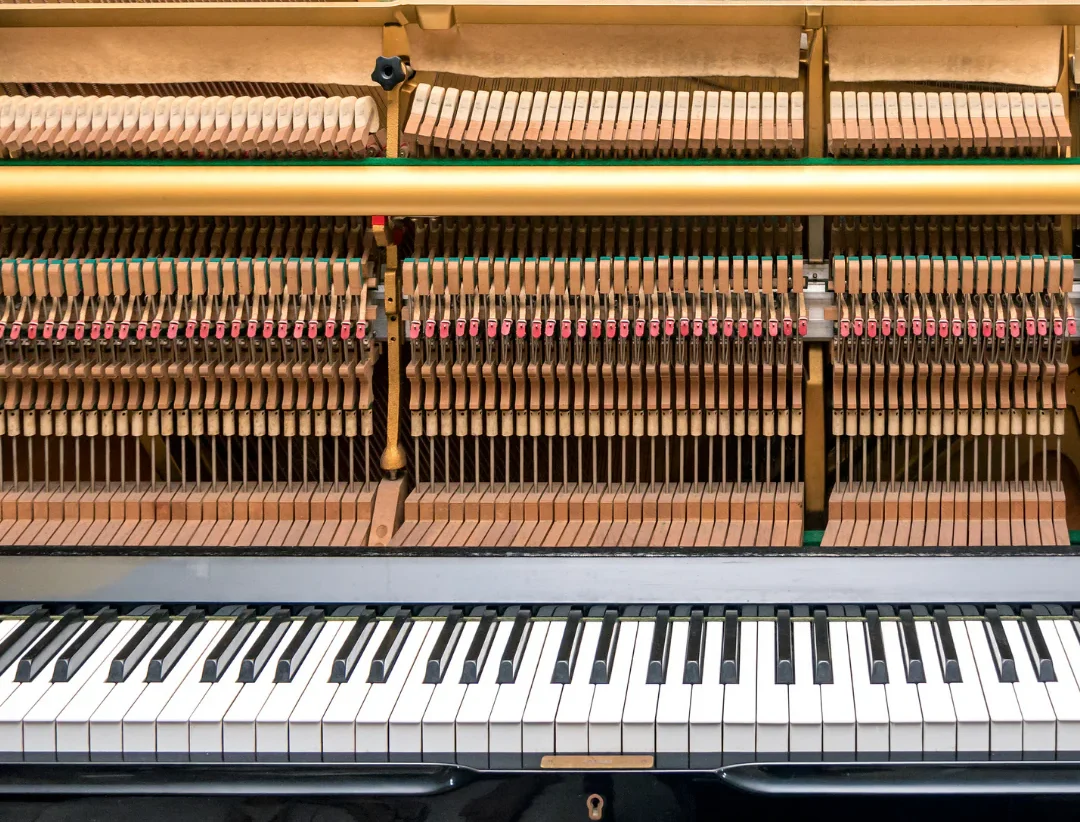
Digital pianos
- Digital pianos vary in weight and action. Some use weighted keys to mimic the feel of acoustic pianos. These models are often more affordable and space-efficient than acoustic pianos.
- Others feature semi-weighted keys, where springs control the action. These keys are lighter and easier to play, making them ideal for beginners but less realistic in feel.
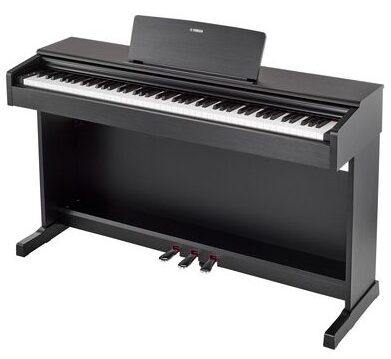
Electric pianos
- Many electric pianos have unweighted keys, also called ‘waterfall’ or ‘synth’ keys. These keys require minimal effort to press, making them perfect for young children or players who prioritize speed and versatility.
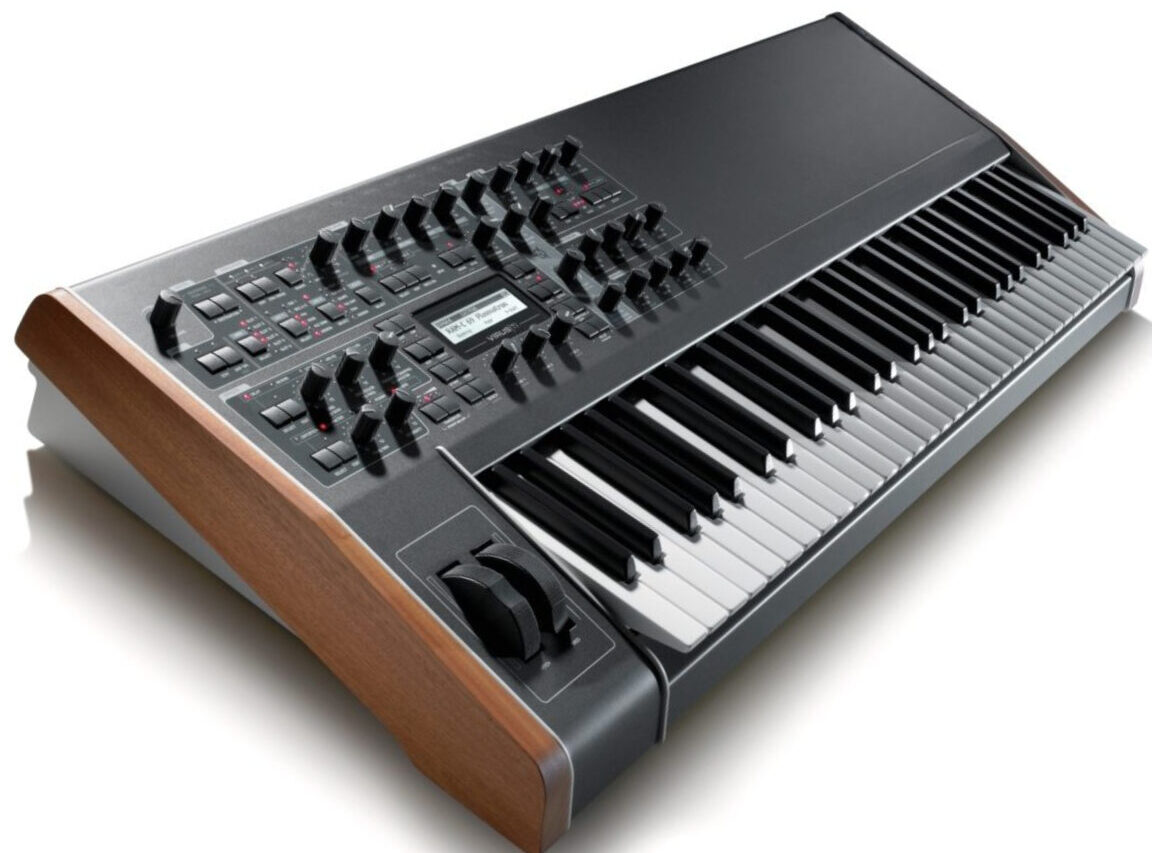
How to clean piano keys?
Keeping your piano keys clean ensures they stay in great condition. Here’s a quick and handy step-by-step guide to the basics:
- Dust the keys regularly: Use a soft, dry cloth to remove surface dust.
- Use a mild cleaning solution: Mix a small amount of gentle soap with water. Avoid harsh chemicals.
- Wipe the keys: Dampen a cloth slightly with the solution and gently wipe each key.
- Dry immediately: Use a clean, dry cloth to remove any moisture.
- Disinfect occasionally: If needed, use a diluted alcohol solution (no more than 70%) to sanitise the keys.
💡Pro Tip: Never spray liquid directly onto the keys and avoid excessive moisture.
Turn your piano practice into progress with Skoove
Learning the basics of piano keys and learning to navigate your way around the keyboard is one of the first steps to becoming a confident player. Take your time to memorize the structure and placement of all the notes and keys and use our handy charts if you need them. Platforms like Skoove make this process interactive and fun, offering guided lessons and practice exercises to help you read and play music to your full potential. Keep up the good work and happy practicing!
FAQ
Author of this blog post:
Matthew Dickman

With over a decade of experience in music education Matthew holds a BA in Music from Paul McCartney’s LIPA and an MA in Composition from the University of Salford. Mathew has developed a distinctive compositional voice and approach to music theory education through his research and work in the music industry. Matthew’s writing for Skoove combines experience from orchestral and media composition, and as a gigging jazz musician, to create a wholistic and accessible pedagogy for musicians of any level. Away from music, he enjoys reading and exploring nature to expand his horizons and knowledge contributing to his holistic teaching style.




